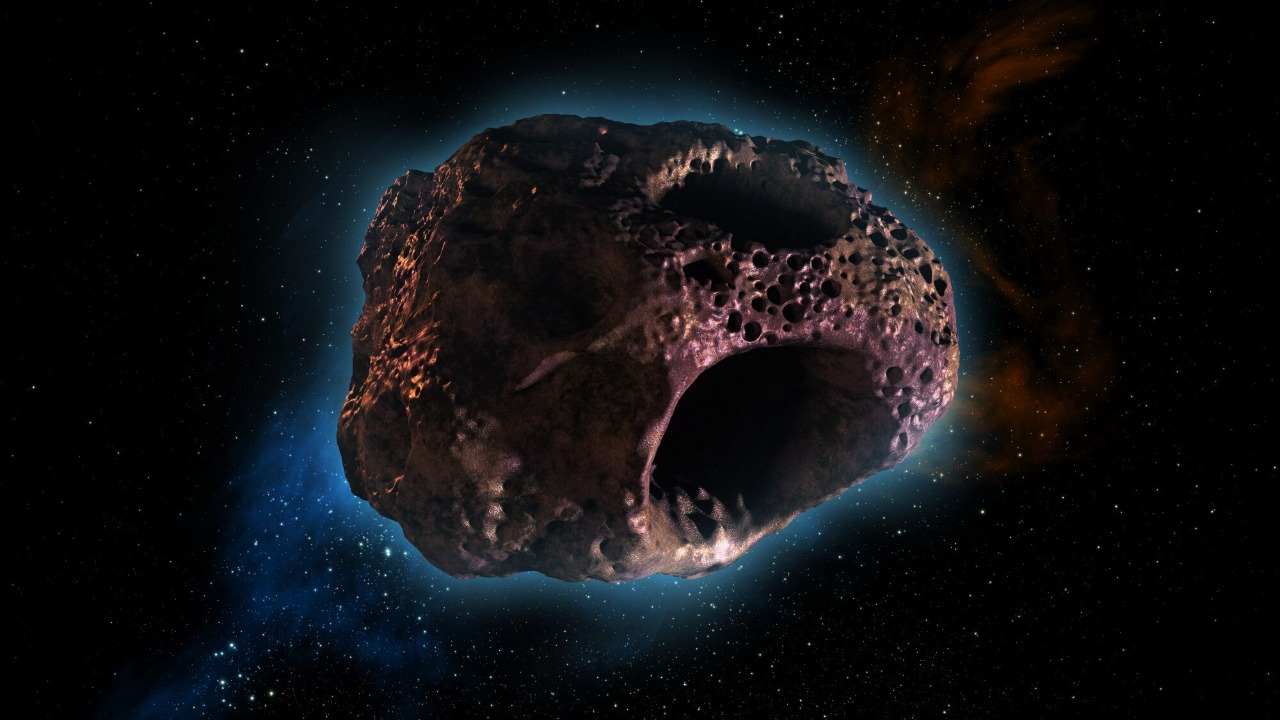
The asteroid Psyche, valued at an estimated $100,000 quadrillion due to its metallic composition, has become the focus of a new study. This research suggests that Psyche may have been formed by ancient metal volcanoes that spewed molten iron and nickel across its surface, a theory that challenges previous ideas of catastrophic collisions.
Psyche’s Composition and Origins
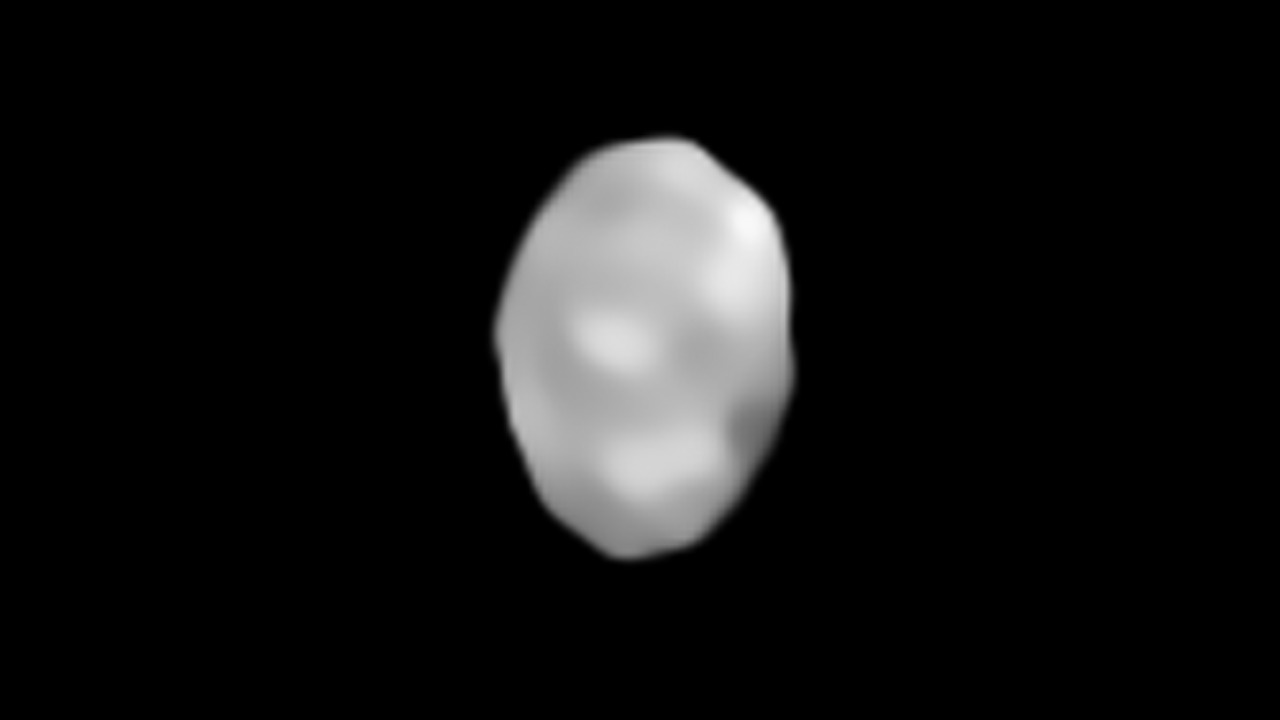
Psyche is a 140-mile-wide (226 kilometers) asteroid located in the main asteroid belt between Mars and Jupiter. Since its discovery in 1852 by Italian astronomer Annibale de Gasparis, spectral observations have indicated that Psyche is primarily composed of iron and nickel. This unique composition sets Psyche apart from other asteroids, as it lacks a significant silicate mantle, leading some to speculate that it could be the exposed core of an ancient planet.
Previous models proposed that Psyche was the result of a massive collision that stripped away a protoplanet’s rocky outer layers, leaving its metal core exposed. However, the new study challenges this theory, suggesting a different origin story for this unusual asteroid.
The Metal Volcano Hypothesis
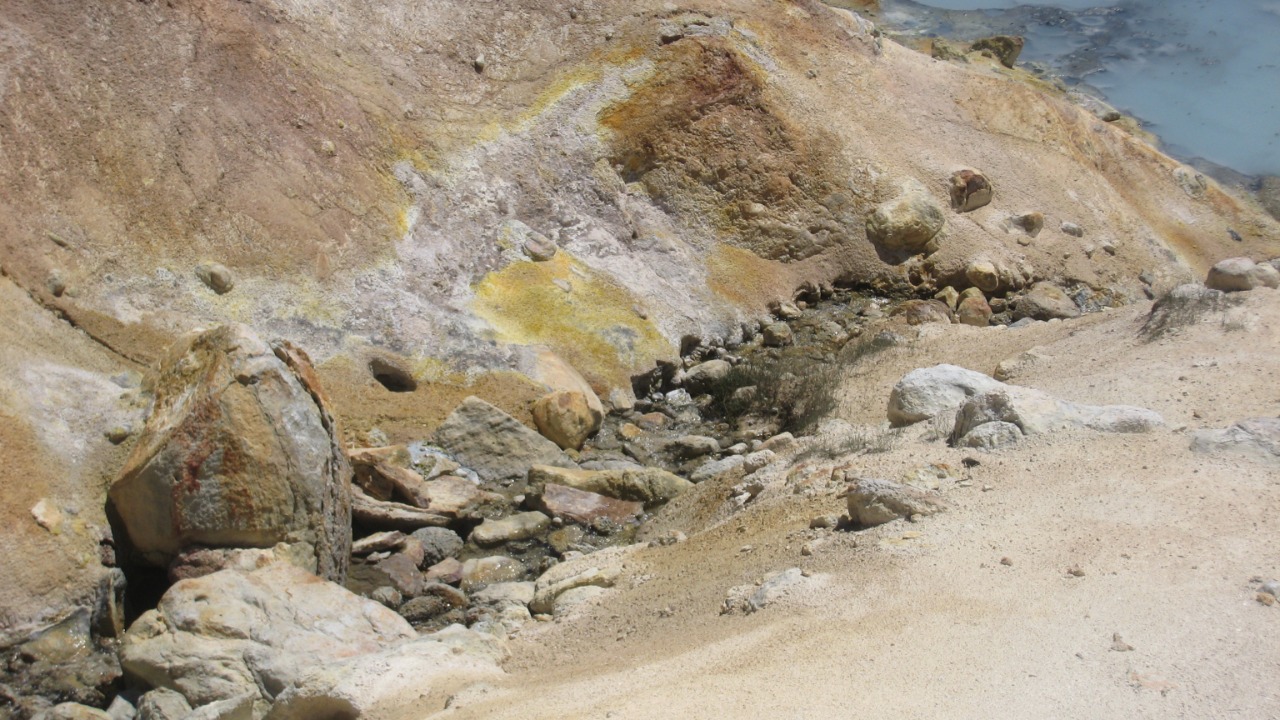
A new study led by researchers including Philip Bland from Curtin University in Australia, proposes a different formation process for metal-rich asteroids like Psyche. The study models how these asteroids could form through effusive volcanism involving low-viscosity molten metals. This process involves iron-nickel melts rising buoyantly through silicate layers and erupting as low-viscosity flows, gradually building up metallic surfaces over time.
This volcanic process could explain Psyche’s pitted and grooved surface features, which resemble volcanic terrains on Earth and other bodies. These features have been observed by telescopes, providing further evidence for the metal volcano hypothesis.
Evidence from Observations and Simulations
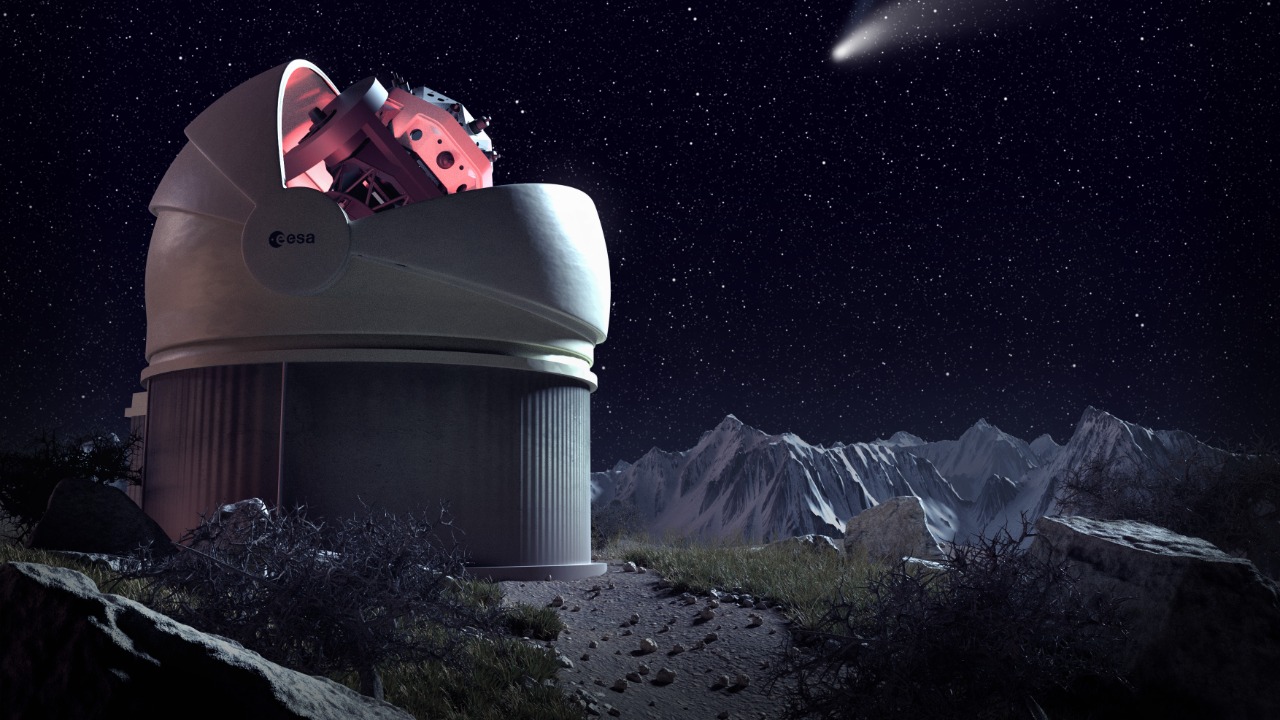
Radar imaging from Earth’s telescopes has shown Psyche’s metallic sheen and irregular shape, supporting the idea of a history involving molten metal flows rather than just impacts. The study also used geophysical models to demonstrate that metal volcanism is feasible under early solar system conditions. Lower gravity and higher temperatures would have allowed for sustained eruptions, contributing to the formation of asteroids like Psyche.
The hypothesis aligns with Psyche’s density estimates of around 3,400 kilograms per cubic meter, which is consistent with a mix of metal and minor silicates from volcanic layering. This further supports the idea that Psyche’s unique composition and structure could be the result of ancient metal volcanism.
Implications for Psyche Exploration
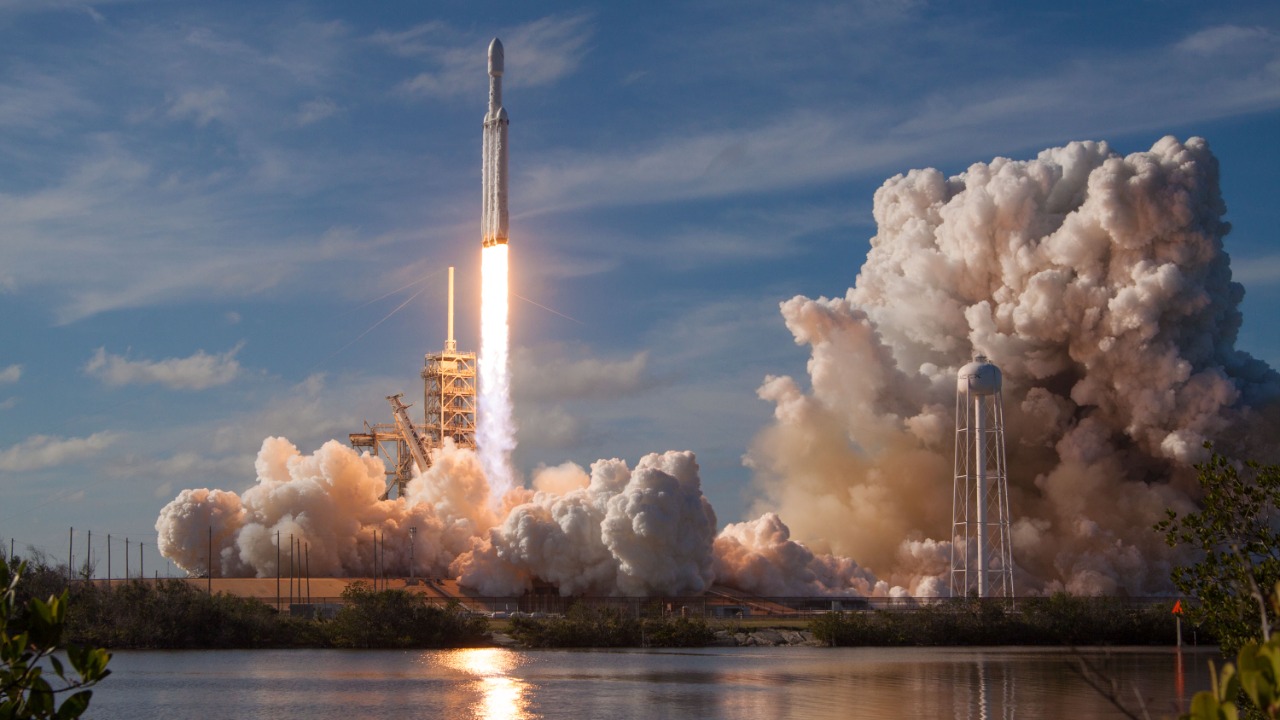
NASA launched the Psyche mission in October 2023 aboard a SpaceX Falcon Heavy rocket, with the aim of orbiting the asteroid in 2029 to study its composition up close. Instruments like magnetometers and cameras will be used to gather data, which could provide valuable insights into the asteroid’s formation and history.
Confirming the metal volcanism hypothesis could reveal new insights into planet formation processes across the solar system, including the development of Earth’s core. Furthermore, the asteroid’s estimated value of $100,000 quadrillion, based on its iron and nickel content, highlights the potential for asteroid mining, though such an endeavor remains far beyond current technology.
As we continue to explore and understand the mysteries of our solar system, asteroids like Psyche provide a unique window into the past, offering clues about the processes that shaped the planets and other celestial bodies we see today.